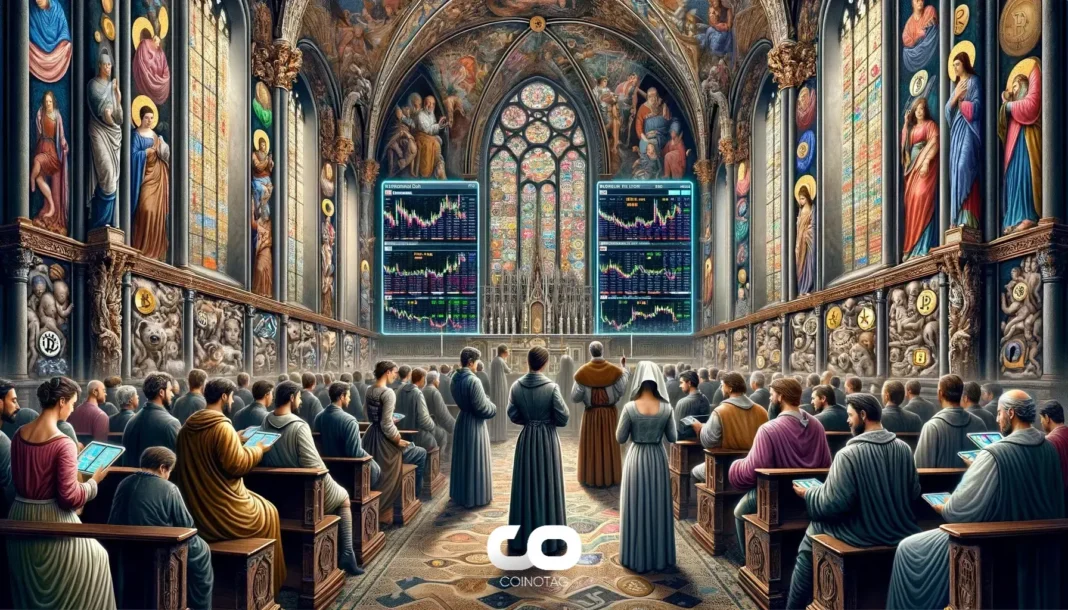-
The Trump administration is poised for major economic changes as it considers candidates to potentially replace Jerome Powell as Fed Chair amidst proposed tariffs.
-
The proposed tariffs, including a staggering 125% tax on imports from China, are anticipated to hinder US GDP growth by 1.3%, thereby straining household finances nationwide.
-
According to Treasury Secretary Scott Bessent, “We’re set on bringing interest rates down,” signaling a shift in monetary policy that could align with Trump’s agenda.
The Trump administration is evaluating candidates for a new Fed Chair, aiming for economic strategies that could soften the impact of proposed tariffs on US households.
Changing Economic Leadership: The Implications of Trump’s Tariff Strategy
President Trump’s administration aims to reshape the economic landscape in the United States by strategically considering who will lead the Federal Reserve. With Trump’s proposed tariffs creating economic uncertainty, replacing Jerome Powell as Fed Chair could pivot the financial system to prioritize interest rate cuts.
Understanding the Tariff Impact on the US Economy
The current discussions regarding Powell’s future highlight a broader concern about the anticipated economic fallout from tariffs. The proposal to introduce a 125% tax on Chinese imports is expected to severely impact the everyday lives of consumers. In a study published by the Tax Foundation, it was estimated that these tariffs could diminish the US GDP by as much as 1.3% over time, translating to an average increase in tax burden of approximately $1,300 per household in 2025, culminating in heightened financial stress amid ongoing inflation.
Anticipating Economic Recovery in 2026
As the tariff implications loom large, the administration’s vision for a new Fed Chair is closely tied to a recovery strategy for 2026. In light of Powell’s criticisms and the Fed’s persistent stance against interest rate cuts, it’s evident that the current leadership may not align with Trump’s economic aspirations. The Fed’s refusal to adjust rates until inflation subsides has further complicated the government’s plans.
A Fed Chair Aligned with Trump’s Economic Vision
The Trump administration’s push for a shift in Fed leadership may open avenues for more aggressive monetary policy initiatives aimed at stimulating growth. Despite Jerome Powell’s focus on balancing inflation with employment, the future looks poised for potential lower interest rates as economic projections for 2025 indicate vulnerabilities due to tariffs. “This sets up perfectly for 2026 to be the year of interest rate cuts and economic stimulus,” remarked a report from The Kobeissi Letter, suggesting that the upcoming changes could positively alter the economic trajectory.
Conclusion
In conclusion, with President Trump’s administration looking to impose extensive tariffs and shift the Federal Reserve’s leadership, a new economic outlook seems likely. The focus on aligning Fed policies with Trump’s agenda for reduced interest rates signifies a strategic move to mitigate potential economic downturns post-tariff implementation. As these pivotal changes unfold, the economic landscape could dramatically shift, affecting all American households moving into 2026.






